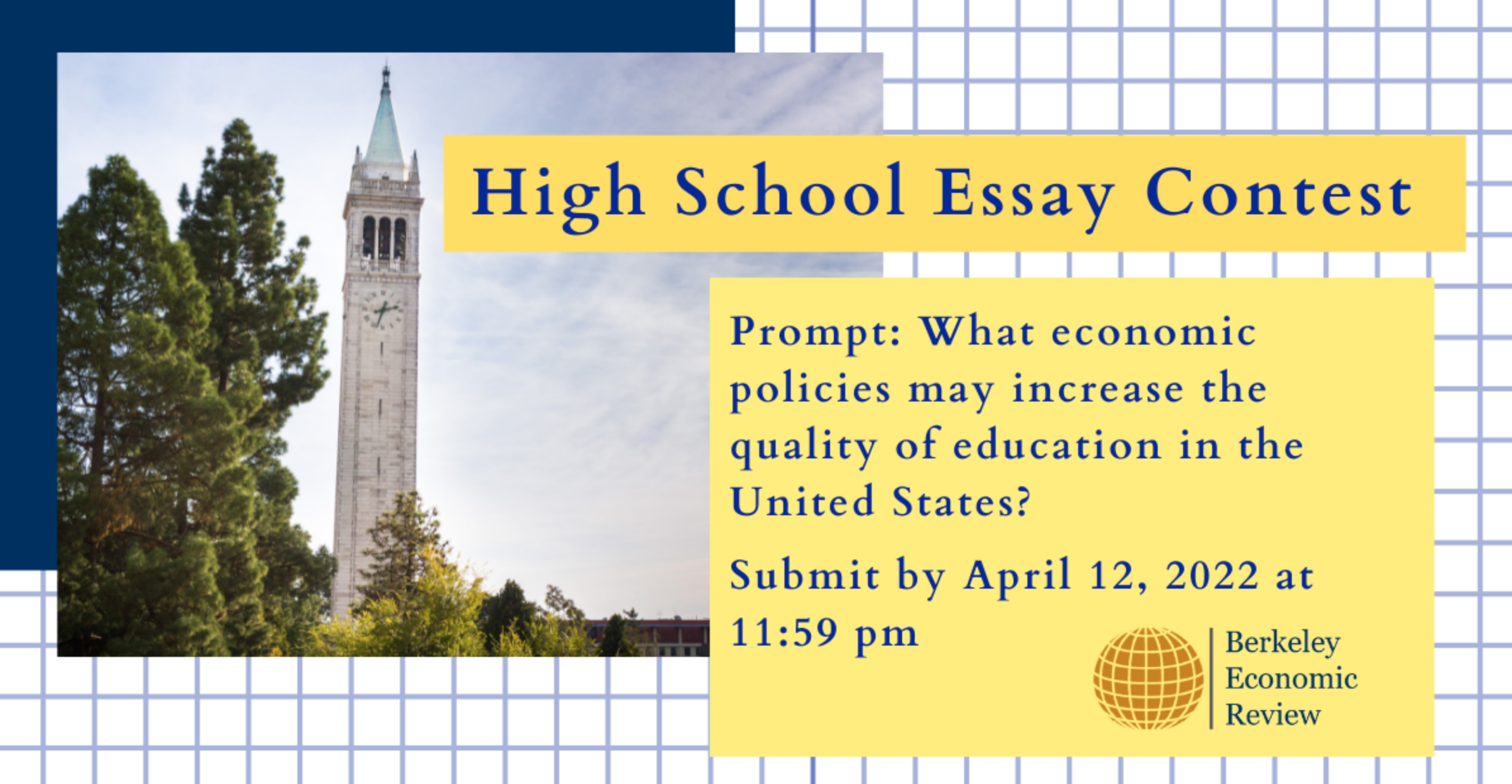Congratulations to our Spring 2021 Undergraduate Essay Contest-Runner up, Harry Huy Do!
Harry Huy Do– Dickinson College
“After the COVID-19 pandemic, many companies will continue to allow employees to work remotely. Will such work-from-home policies have long-run economic impacts? Explain why or why not.”
Already during the pandemic, we have caught a glimpse of how work from home (WFH) will shape America’s economic map in the future. Last year, Manhattan office leasing volume dropped 56%, while several firms are planning to relocate their offices to cheaper towns once Covid-19 is gone1. During that same period, apartment vacancy rates rose in megacities, while smaller cities experienced the opposite, as workers fled hot-price centers for cheaper towns2. Those figures somehow remind us of the forgotten prophecy that the Internet economy would level the playing field among American cities. Pre-pandemic, that prediction proved incomplete. Now, with the WFH experiment of our time unexpectedly succeeded and will stick for the time to come, America has a chance to accelerate that trend, fulfill the prophecy, and balance our economic map.
One defining consequence of WFH is how some of our offices will look like in the future: hub-and-spoke. While remote working has brought refreshing changes to many workers’ professional lives, offices will stay. Companies will not just surrender the immense advantages of urban clustering. They also need to conduct in-person training, while employees need office time for socializing, to name a few. Furthermore, it is unlikely that big-name brands will let their prestige tanned by giving up dazzling headquarters in distinguished megacities. Instead, we will see a compromise model, under which companies keep their headquarter (hub), albeit down-scaled, and open smaller second-city ‘satellite offices’ (spoke) to accommodate employees. In turn, workers divide their working week into remote and office sections, for instance, 5 days online 1 day office. Experts have suggested the model will help firms save money, retain the productivity extra from WFH–which could be as high as 2.4%3–and address its shortcomings. With spokes in second-tier cities, it will meet employees’ favor for lower living.
costs, and especially, enable companies to tap to talents anywhere, no longer restricted in Bay Area or New York downtown.
Until now, firms have expressed their willingness to adopt the hub-and-spoke model. Amazon, Uber, and Apple, among others, have all rolled out new investments for satellite offices across several second-tier cities, while Google and Twitter are making plans for such a future4. Many other medium-size companies are even letting their leases expire and looking for cheaper towns5.
With the trend poised to magnify in the months to come, America’s economic map is coming for a rebalancing. We will see some economic fortunes shift away from major centers to second-tier cities, as local economies replace megacities in enjoying the lucrative revenues from hosting the workers, which could include any spending from housing to restaurant dinners. With lower housing and utility costs, the trend also implies workers have more disposable income to spend in their new local economies. And coming with spending is jobs. Given the high tendency of remote workers to be high-skilled, local economies could gain as high as 2.5 more jobs in goods and services for every new skilled job6.
Overall, the long-term economic impacts of WFH could not be as sweeping as some have speculated since it will not permanently replace offices. Yet, it does not mean WFH will not produce lasting changes. Once the experiment has proved a success, and memory made, it cannot be undone. The hub-and-spoke model was born out of that junction and will help us address the pros-cons analysis of adapting WFH in a post-covid world. Furthermore, as we have discussed, by applying the model we are heading to a future of redistribution amongst American cities. By the time of this writing, second-tier places like Tulsa, Topeka, or Vermont, have been running their benefit programs to attract relocating workers. Coupled with President Biden’s intended infrastructure investments, which range from bridges to high-speed broadband, middle-size cities are presented with a unique opportunity to pace forward and help balance our economic map. The cities with their shiny offices will stay, but between them born out more hope for equity.
1 JLL Research. “Q4 2020 U.S. Office Outlook.”
2 Florida, Richard and Adam Ozimek. “How Remote Work is Reshaping America’s Urban Geography.”
Wall Street Journal, March 05, 2021. Data are from Apartment List.
3 Barrero, Jose Maria, Nicholas Bloom, and Steven J. Davis. “Why Working From Home Will Stick.” The University of Chicago, Becker Friedman Institute for Economics Working Paper 2020-174 (2020).
4 https://www.businessinsider.com/tech-offices-post-coronavirus-hub-spokes-satellite-model-experts-
2020-9
5 JLL Research. “Q4 2020 U.S. Office Outlook.”
6 Moretti, Enrico. “Local multipliers.” American Economic Review 100, no. 2 (2010): 373-77.

